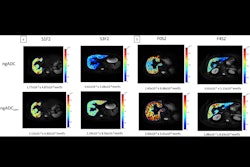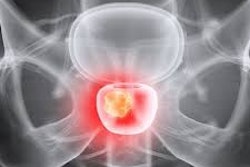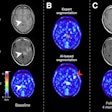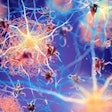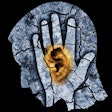More in Home
PCCT improves assessment of coronary artery disease
February 20, 2024
Annual breast cancer screening starting at age 40 saves lives
February 20, 2024
AI spots unidentified brain tumor on PET imaging
February 20, 2024
MRI reveals functional brain alterations associated with depression
February 20, 2024
How can radiologists prepare for breast density notification laws?
February 16, 2024
Can radiologists’ eye-tracking data enhance AI?
February 16, 2024
PET links tau pathology to speech changes in unimpaired patients
February 15, 2024
ADC optimal cutoff reduces MRI-prompted breast biopsies
February 15, 2024
Unmet social needs tied to screening mammography use
February 14, 2024
Functional MRI shows promise for treating chronic severe tinnitus
February 14, 2024
Radiologists ‘compete’ on chest x-rays reads with and without AI
February 14, 2024








